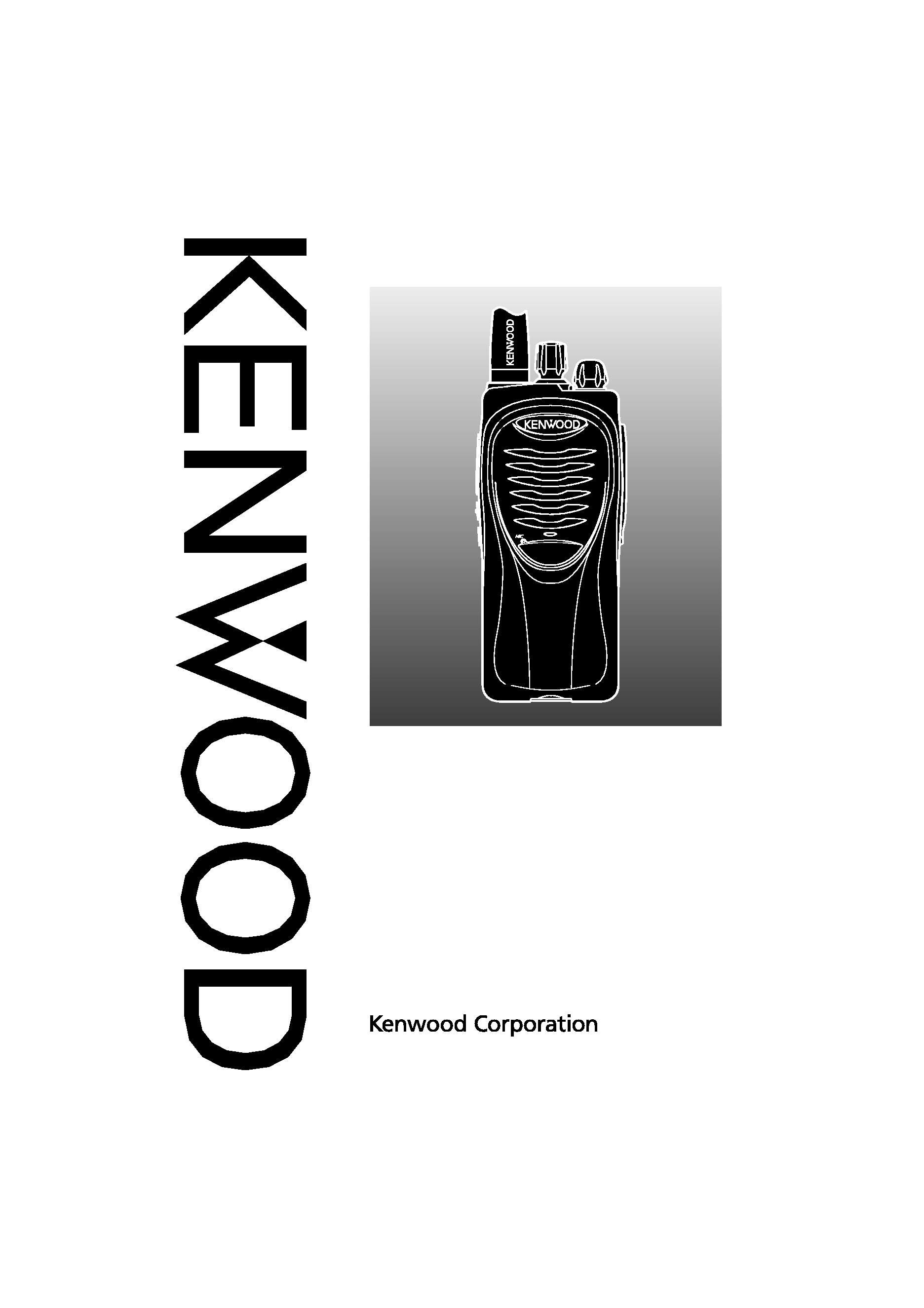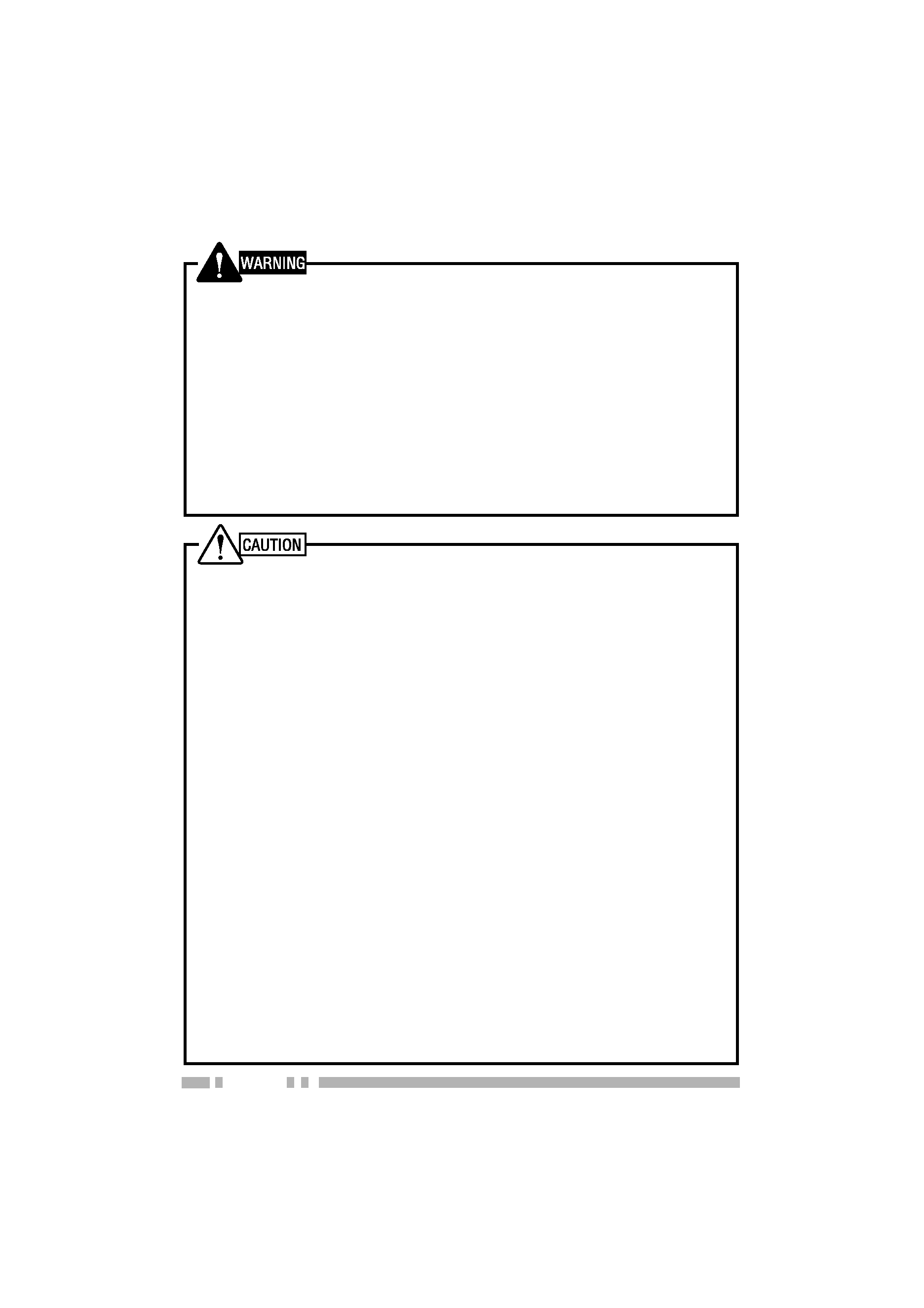
© B62-1971-00 (K, K2, K3, M, M2)
09 08 07 06 05 04 03 02 01 00
TK-2202L/ TK-3202L
VHF FM TRANSCEIVER/
UHF FM TRANSCEIVER
INSTRUCTION MANUAL
ÉMETTEUR-RÉCEPTEUR FM VHF/
ÉMETTEUR-RÉCEPTEUR FM UHF
MODE D'EMPLOI
TRANSCEPTOR DE FM VHF/
TRANSCEPTOR DE FM UHF
MANUAL DE INSTRUCCIONES

VHF FM TRANSCEIVER/
UHF FM TRANSCEIVER
TK-2202L/ TK-3202L
INSTRUCTION MANUAL
ENGLISH

THANK YOU
We are grateful you have chosen KENWOOD for your land
mobile radio applications. We believe this easy-to-use
transceiver will provide dependable communications to keep
personnel operating at peak efficiency.
KENWOOD transceivers incorporate the latest in advanced
technology. As a result, we feel strongly that you will be
pleased with the quality and features of this product.
MODELS COVERED BY THIS MANUAL
TK-2202L: 16-channel VHF FM Transceiver
TK-3202L: 16-channel UHF FM Transceiver
NOTICES TO THE USER
Government law prohibits the operation of unlicensed radio
transmitters within the territories under government control.
Illegal operation is punishable by fine and/or imprisonment.
Refer service to qualified technicians only.
SAFETY: It is important that the operator is aware of and
understands hazards common to the operation of any
transceiver.

i
PRECAUTIONS
·
Do not charge the transceiver and battery pack when they are
wet.
·
Ensure that there are no metallic items located between the
transceiver and the battery pack.
·
Do not use options not specified by KENWOOD.
·
If the die-cast chassis or other transceiver part is damaged, do
not touch the damaged parts.
·
If a headset or headphone is connected to the transceiver, reduce
the transceiver volume. Pay attention to the volume level when
turning the squelch off.
·
Do not place the microphone cable around your neck while near
machinery that may catch the cable.
·
Do not place the transceiver on unstable surfaces.
·
Ensure that the end of the antenna does not touch your eyes.
·
When the transceiver is used for transmission for many hours, the
radiator and chassis will become hot. Do not touch these
locations when replacing the battery pack.
·
Do not immerse the transceiver in water.
·
Always switch the transceiver power off before installing optional
accessories.

ii
Turn the transceiver power off in the following locations:
·
In explosive atmospheres (inflammable gas, dust particles,
metallic powders, grain powders, etc.).
·
While taking on fuel or while parked at gasoline service stations.
·
Near explosives or blasting sites.
·
In aircrafts. (Any use of the transceiver must follow the
instructions and regulations provided by the airline crew.)
·
Where restrictions or warnings are posted regarding the use of
radio devices, including but not limited to medical facilities.
·
Near persons using pacemakers.
·
Do not disassemble or modify the transceiver for any reason.
·
Do not place the transceiver on or near airbag equipment while
the vehicle is running. When the airbag inflates, the transceiver
may be ejected and strike the driver or passengers.
·
Do not transmit while touching the antenna terminal or if any
metallic parts are exposed from the antenna covering.
Transmitting at such a time may result in a high-frequency burn.
·
If an abnormal odor or smoke is detected coming from the
transceiver, switch the transceiver power off immediately, remove
the battery pack from the transceiver, and contact your
KENWOOD dealer.
·
Use of the transceiver while you are driving may be against traffic
laws. Please check and observe the vehicle regulations in your
area.
·
Do not expose the transceiver to extremely hot or cold
conditions.
·
Do not carry the battery pack (or battery case) with metal objects,
as they may short the battery terminals.
·
When operating the transceiver in areas where the air is dry, it is
easy to build up an electric charge (static electricity). When using
a earphone accessory in such conditions, it is possible for the
transceiver to send an electric shock through the earphone and
to your ear. We recommend you use only a speaker/microphone
in these conditions, to avoid electric shocks.
